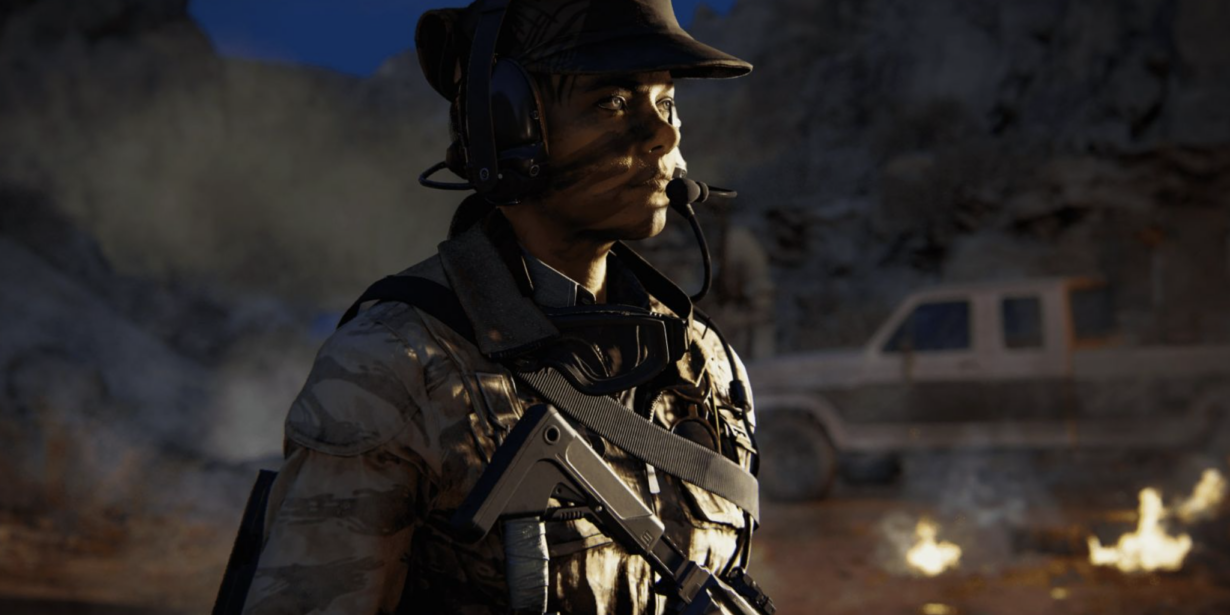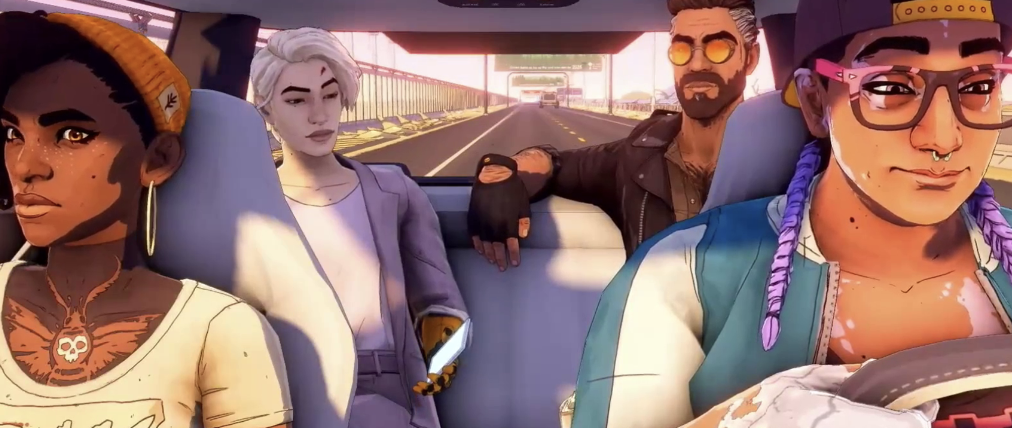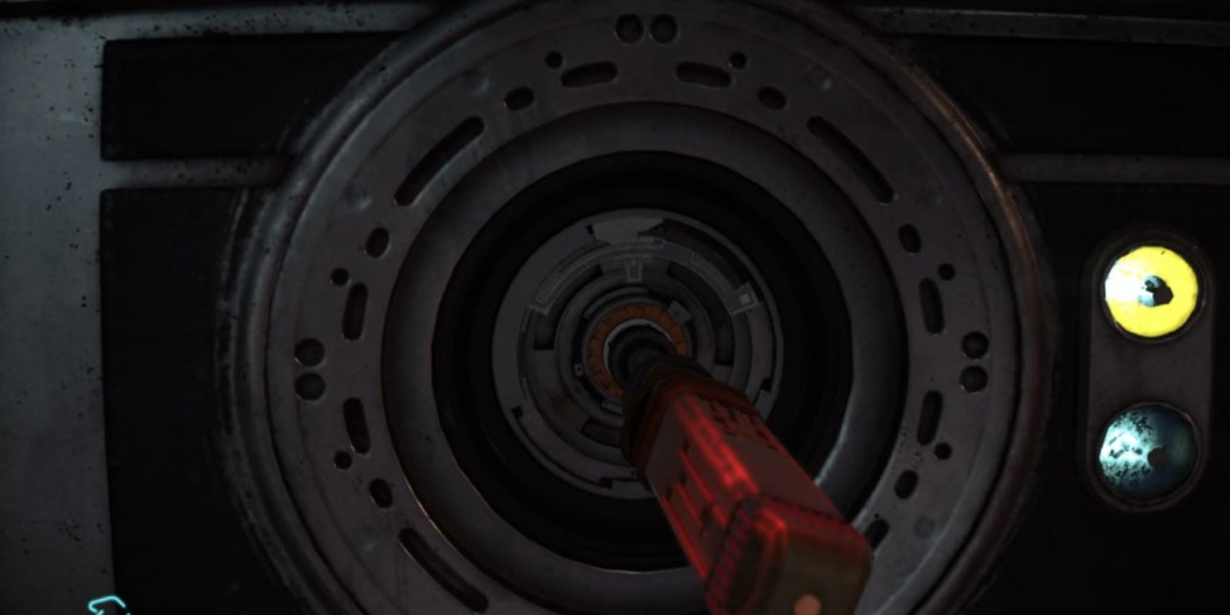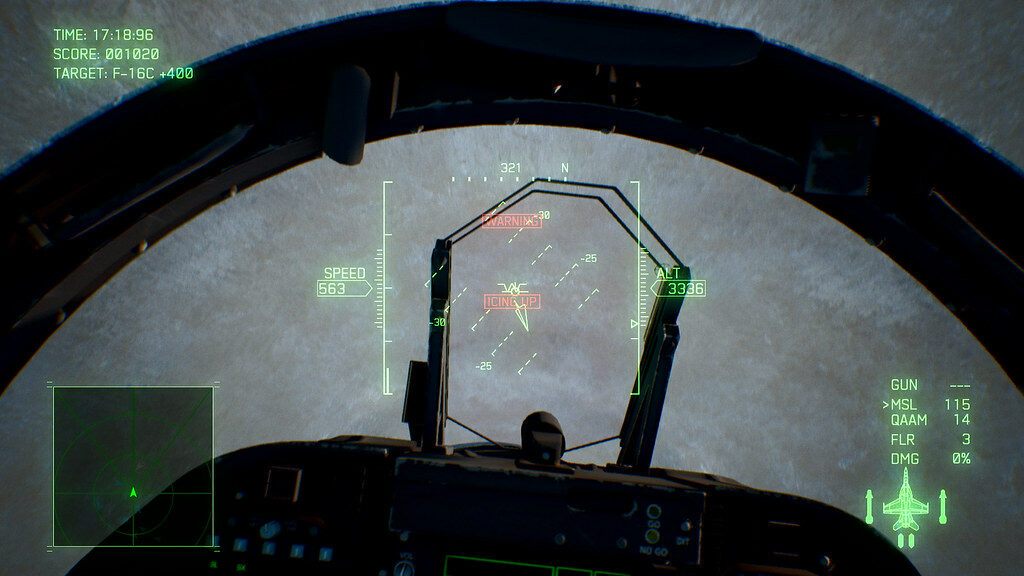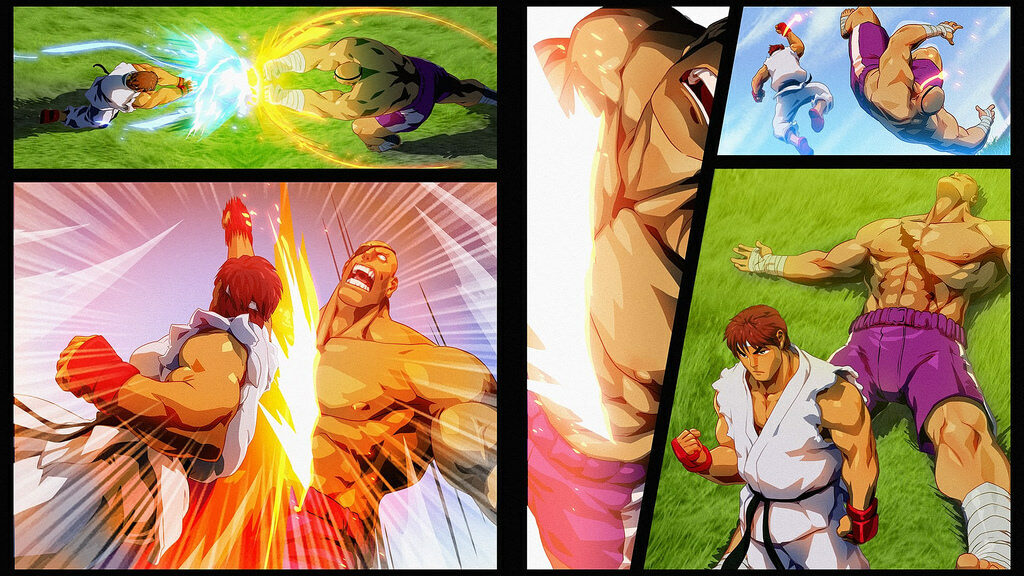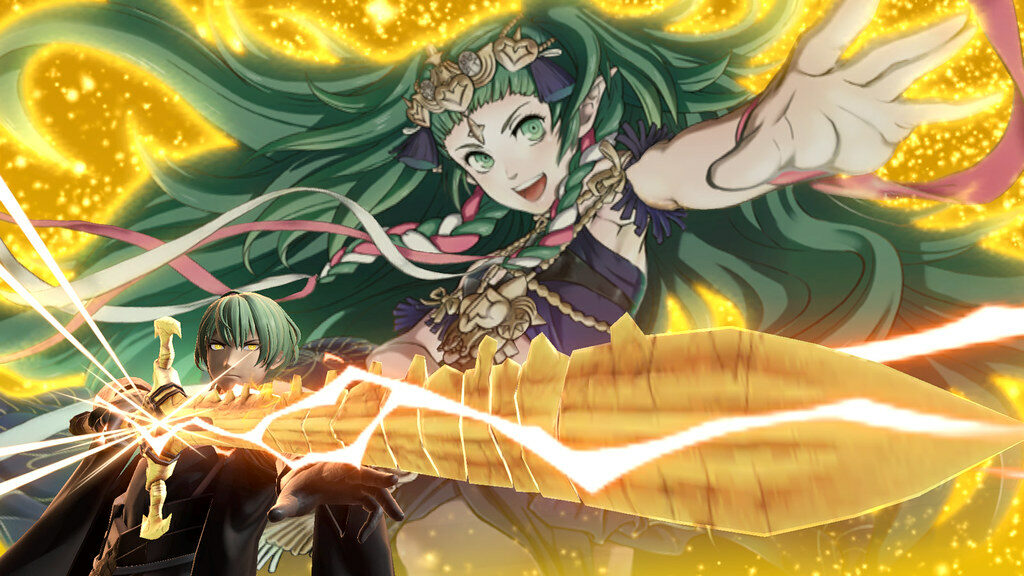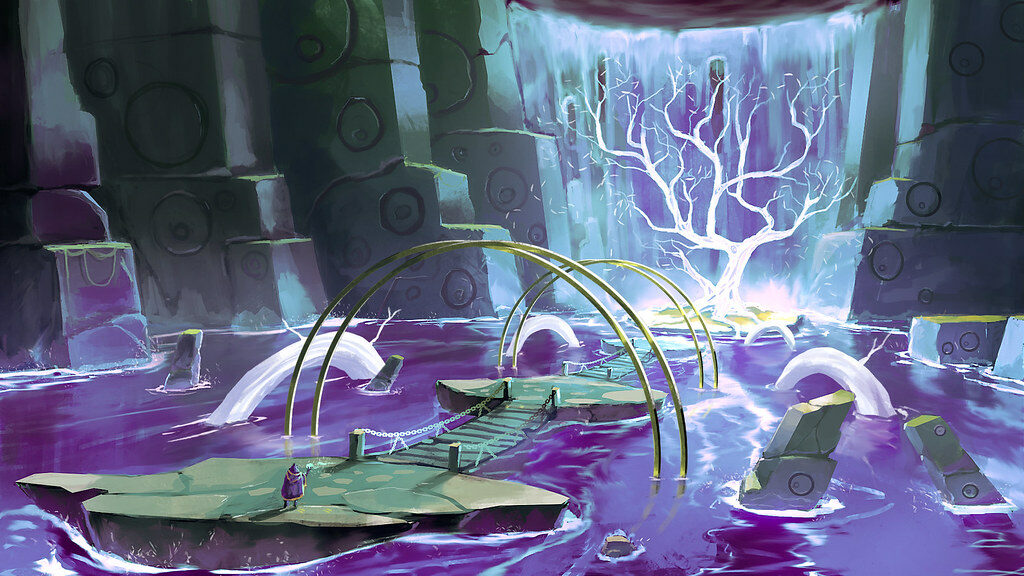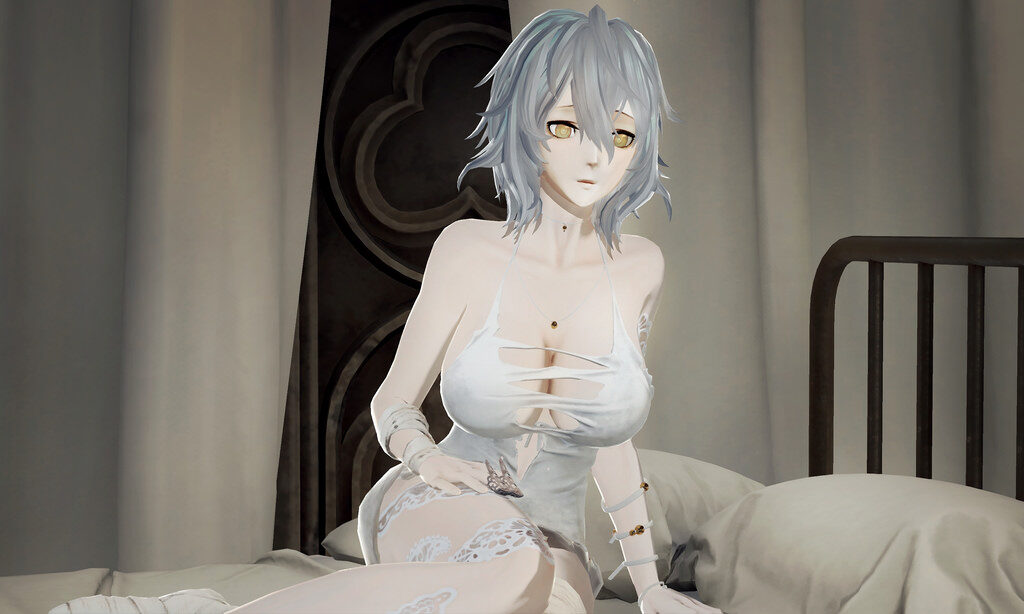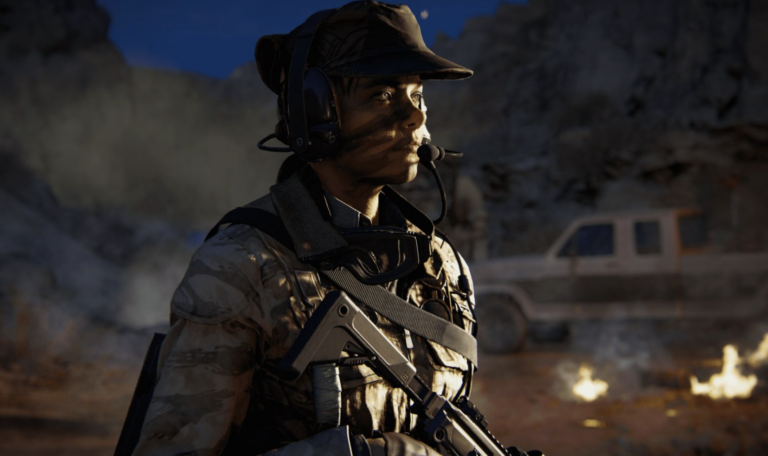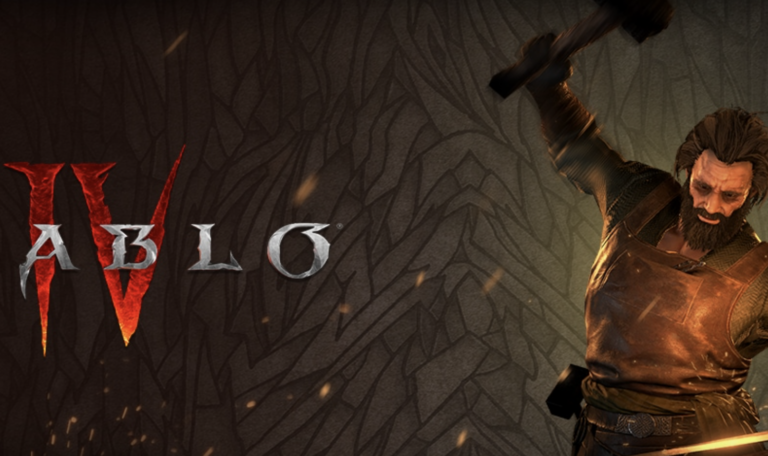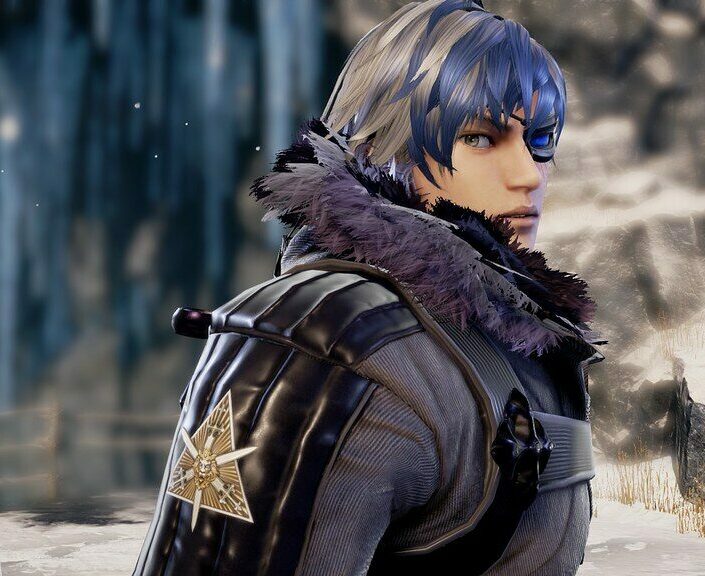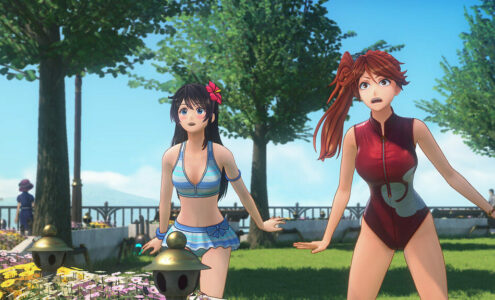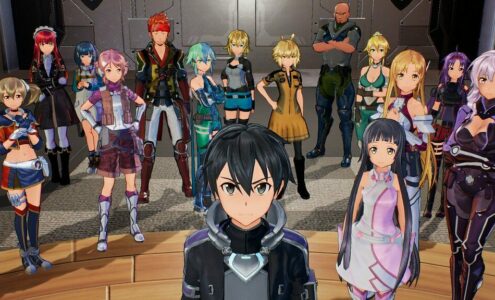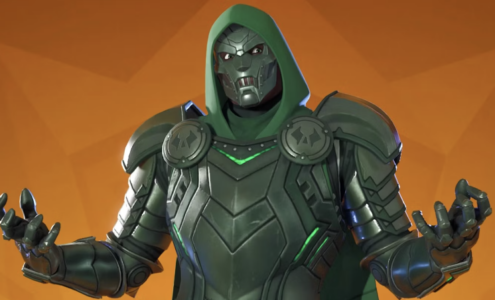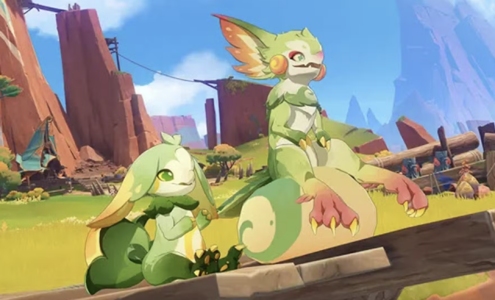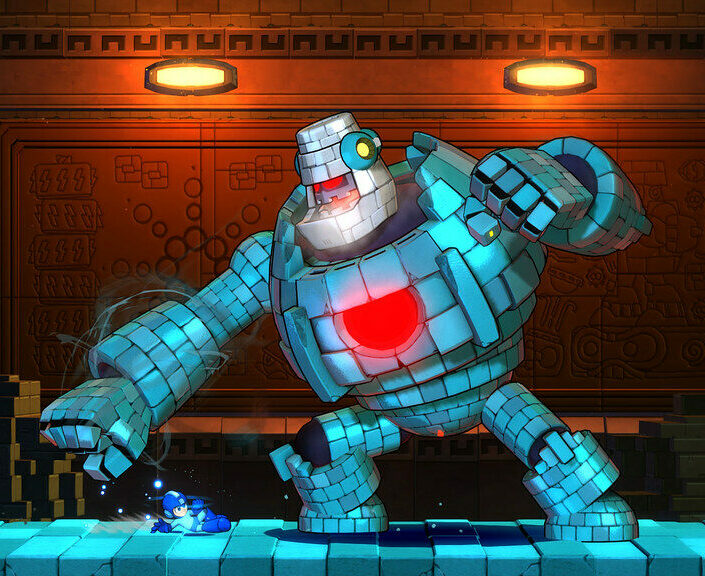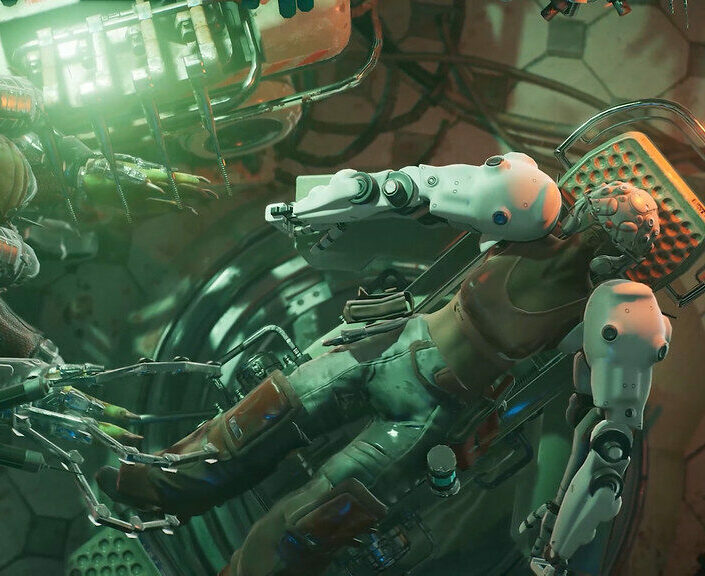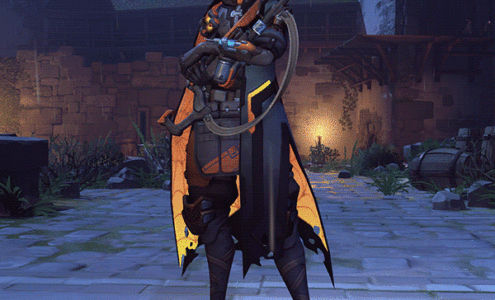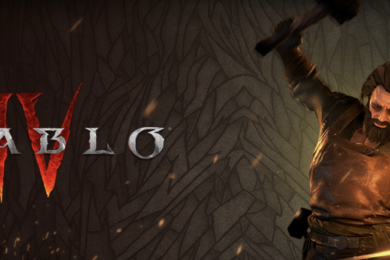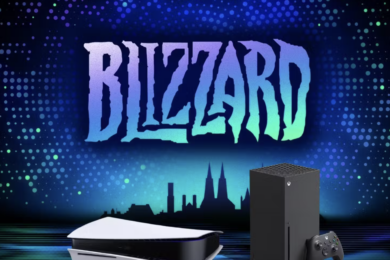Trending Topics
More Featured Posts.
Call of Duty: Black Ops 6 Beta—Everything You Need to Know
admin
- September 2, 2024
- 2 min read
Most Popular
Innovation & Tech
TOP ARTICLES
Are Modern Online Games Just Fancy Casinos in Disguise?
If you’ve tried online slots, you’ll know what I mean: it’s exactly like opening a loot box. You hit a button, the screen explodes in colors, a coin sound pings in your brain, and your pulse spikes for a split second. Then… disappointment. Or dopamine. Either way, you go again.
Sound familiar?
That’s because modern online games have taken a lot of inspiration from online casinos — and they’re not even being subtle about it.
Recent
Are Modern Online Games Just Fancy Casinos
- October 1, 2025
- 4 min read
Max Battles in Pokémon GO: Everything You
- September 3, 2024
- 2 min read
Call of Duty: Black Ops 6 Beta—Everything
- September 2, 2024
- 2 min read


